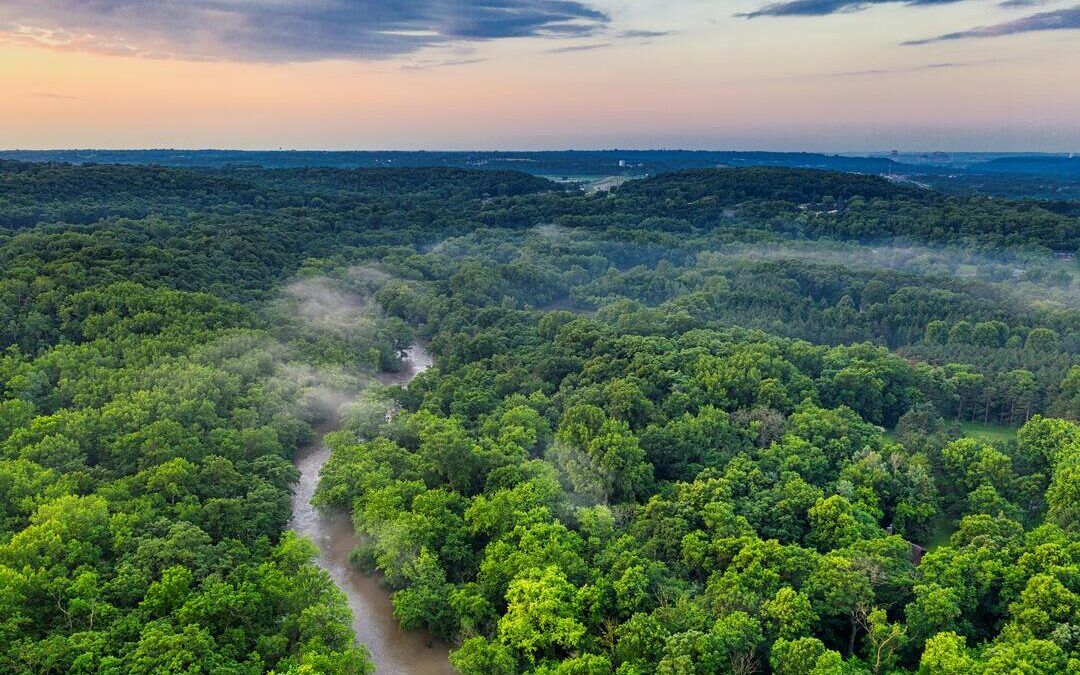World Bank Issues $225M Bond to Fund Amazon Reforestation
The bond offers a coupon that includes a fixed guaranteed component and a variable linked to the carbon removal units from reforestation projects.
The World Bank launched a $225 million, principal-protected nine-year bond on Tuesday to support reforestation in the Amazon region.
According to a press note, this is the largest outcome bond the global lender has ever priced.
An outcome bond is a financial instrument that links investor returns directly to the successful outcome of a specific development project.
The 2033 bond provides investors with a coupon that includes a fixed guaranteed component and a variable component linked to the generation of carbon removal units from reforestation projects in the Amazon rainforest regions of Brazil.
This issuance will be the first linked to removing carbon from the atmosphere rather than previous bonds, which were tied to selling carbon credits from avoided emissions.
About $36 million will be directed to support the reforestation activities of Mombak, a Brazilian company working with local landowners to replant native tree species in the Amazon.
According to the World Bank, the bond has a minimum guaranteed annual return of 1.745 percent.
“A variety of partners and financing tools are needed to support the Amazon and help the people there pursue better livelihoods, protect its incredible biodiversity, and safeguard its global role in mitigating climate change,” said Jorge Familiar, vice president and treasurer of World Bank, in a statement.
The World Bank, a leader in financial innovation, has consistently demonstrated its commitment to addressing global challenges through the development of innovative financial instruments.
Emission Reduction Bond in Vietnam
Last year, it launched a $50 million, principal-protected, five-year emission reduction-linked bond that provides investors with a return linked to the issuance of verified carbon units expected to be produced by a project in Vietnam.
A VCU represents one metric ton of carbon dioxide equivalent reduced or removed from the atmosphere.
The World Bank’s Vietnam project sought to manufacture 300,000 water purifiers and distribute them to approximately 8,000 schools and institutions in Vietnam.
Its objective was to make clean water available to around 2 million children and reduce greenhouse gas emissions by almost 3 million tons of carbon dioxide over five years.
Nirmal Menon
Related posts
Subscribe
Error: Contact form not found.


